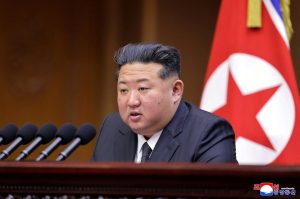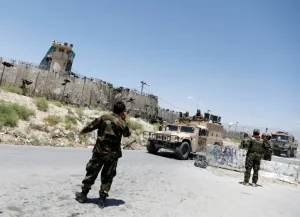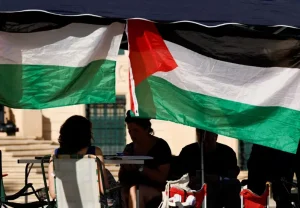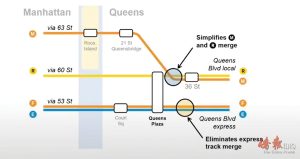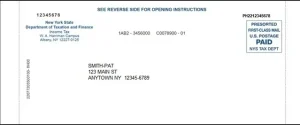Following Poland and Romania, Estonia also suffered Russian airspace incursions, prompting NATO intervention.
Estonia said three Russian MiG-31 fighter jets violated its airspace over the Gulf of Finland on the 19th, prompting condemnation from the European Union and NATO as a dangerous new provocation. Estonia also called this a serious provocation and stated it would invoke Article 4 of the North Atlantic Treaty to request collective consultations with allies. Moscow did not immediately respond.
![]()

Estonia said three Russian MiG-31 fighter jets violated its airspace over the Gulf of Finland on the 19th, prompting condemnation from the European Union and NATO as a dangerous new provocation. Estonia also called this a serious provocation and stated it would invoke Article 4 of the North Atlantic Treaty to request collective consultations with allies. Moscow did not immediately respond.
Reports indicate that tensions between NATO and Russia have recently remained high. Just a week ago, Poland and Romania reported Russian drones intruding into their airspace. Poland, in a more forceful move, shot down three of the 19 Russian drones that intruded. NATO has pledged to deploy additional aircraft and troops to its eastern flank, including air defense forces from the UK, France, Germany, and Denmark, to ensure the stability of the alliance’s defenses.
According to Agence France-Presse, Estonian and Italian officials said Italian F-35 fighter jets, part of NATO’s air defense support mission in the Baltic states, were scrambled to intercept the Russian fighters and issue a warning.
The Estonian Defense Forces said: “Three Russian MiG-31 fighter jets entered Estonian airspace near Vaindloo Island without authorization and remained there for approximately 12 minutes.”
“The fighters had no flight plan and their transponders were switched off. At the time of the airspace violation, they also did not engage in two-way radio communication with Estonian air traffic control.”
NATO spokeswoman Allison Hart said: “This once again demonstrates the recklessness of Russian behavior and NATO’s ability to respond.”
EU High Representative for Foreign Affairs and Security Policy Kaja Kallas, a former Estonian Prime Minister, accused Moscow of “extremely dangerous and provocative behavior” and warned that the sortie “further escalates tensions in the region.” “As the threat escalates, so too will our pressure,” said European Commission President Ursula von der Leyen, who earlier submitted for EU member state approval the 19th round of sanctions against Russia in response to the Russo-Ukrainian war.
The suspected intrusion comes amid escalating tensions along NATO’s eastern border and comes after Poland complained last week about approximately 20 Russian drones flying over its territory. Moscow has denied that Poland was a target.
Russia is fighting in Ukraine and frequently tests Western air defenses, but Estonia has complained that these flights have become more provocative in recent months.
Estonian Foreign Minister Margus Tsahkna said: “Russia has violated Estonian airspace four times this year, which is unacceptable in itself. But today’s intrusion…is unprecedented in its brazenness.”
Estonian Prime Minister Kristen Michal said Estonia would request an emergency NATO meeting. Under Article 4, NATO member states can request an emergency meeting when they believe their “territorial integrity, political independence, or security” is threatened.
Ukrainian President Volodymyr Zelensky condemned the Russian military aircraft’s violation of Estonian airspace, saying it further escalated tensions with Europe and NATO. “This is not an isolated incident, but a systematic action by Russia against Europe, against NATO, and against the West. This requires a systematic response.”
![]()
